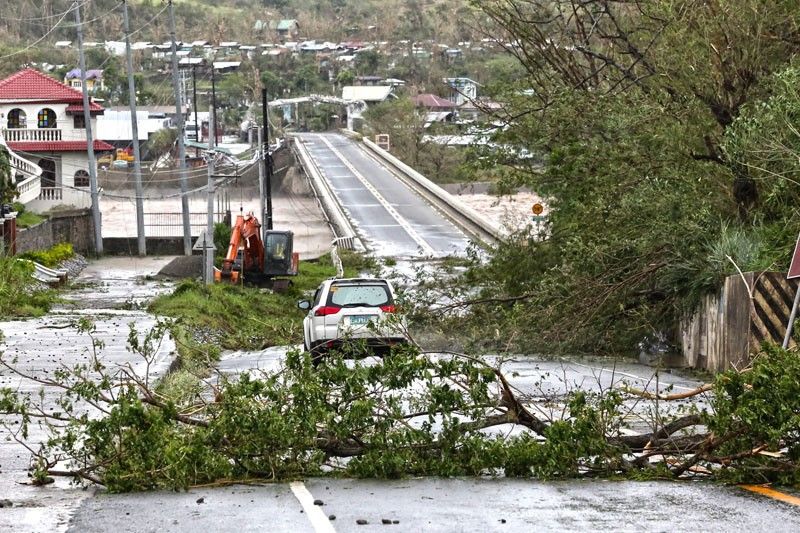Philippines unprepared for major catastrophes — Phivolcs chief

MANILA, Philippines — Despite being one of most disasterprone countries in the world, the Philippines remains unprepared for major catastrophes such as Typhoon Ompong, a government official has admitted.
Philippine Institute of Volcanology and Seismology (Phivolcs) director Renato Solidum Jr. made the observation as he warned Filipinos of more extreme weather events similar to Ompong due to climate change.
Solidum, who is also science undersecretary for disaster risk reduction and climate change adaptation, used a boxing match as an analogy in preparing communities for large-scale hazards.
“If you’re a boxer like Sen. Manny Pacquiao who has fought many different weights, he has to prepare differently for different opponents. If his opponent is large and heavy then his preparedness must be different and if it’s a heavyweight, your preparedness should also be heavyweight,” Solidum said in an interview with One News’ The Chiefs on Monday night.
“I think we will find out that many of our preparedness are for lightweight disasters. We need to prepare for the large-scale ones,” he said.
Solidum noted that global warming could make storms more intense and wetter.
“Because of global warming the intensity of the typhoons may increase but the numbers may not. Also because of the warmer temperature there will be faster evaporation, meaning more rains and also more extreme droughts,” he said.
Environmental planner and landscape architect Paulo Alcazaren said local government units must “recalibrate” their disaster preparedness.
“Planning before was based on historic disasters, which are now erased. You have to raise the bar, so to speak, in terms of what the historic levels from the floods are, what the strength of the storm are, we have to recalibrate. It is an enormous task,” Alcazaren said in the same interview.
“We’re already starting but it has to be continuous up to a point that we can address the possible repercussion of climate change,” he added.
Solidum and Alcazaren also stressed the importance of having a National Land Use Act.
“The National Land Use Act needs to be pushed and needs to embed all the disaster risk mitigation elements as part of planning, not as an afterthought but already as we plan,” Alcazaren said.
He noted that the local governments are the ones responsible for the enforcement of the comprehensive land use plans under the Local Government Code of 1991.
“If they cannot enforce the law (on land use) we can’t do anything. We can assist technically, the national government can aid and professional organizations can help, but the policing power is really with the LGUs. If the mindset is not there, nothing will happen,” he said.
Solidum said the proposed National Land Use Act is among the priorities of the Duterte administration.
“Unfortunately, we don’t have a National Land Use law yet and this is one of the legislative agenda of the current administration. Right now what’s happening is the LGUs, depending on their advocacy, would create laws at the local level. But we must have national standards that must be followed wherever we go. It’s important,” he stressed.
Typhoon Ompong slammed into Northern Luzon over the weekend, triggering deadly landslides in Benguet.
Solidum said rains of 100 to 200 millimeters could trigger landslides.
During Ompong’s onslaught, the province of Benguet received 535 mm of rain in one day, a little below its monthly rainfall of 570 mm.
The Philippine Atmospheric, Geophysical and Astronomical Services Administration (PAGASA) earlier warned the public of four to five more tropical cyclones that could be as powerful as Ompong in the last quarter of the year.
The Philippines is visited by around 19 to 20 tropical cyclones every year.
- Latest
- Trending




























